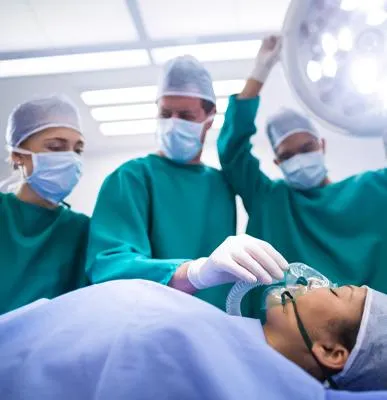- Call Us: +919256444577
Advanced Hair Transplant in Jaipur

Regain a natural, fuller hairline with our expertly delivered hair transplant surgeries. At Skin Win Clinic, we offer personalized FUE and FUT techniques led by board-certified trichologists for permanently restored hair and renewed confidence.
What Is a Hair Transplant?
Hair transplantation is a minimally invasive surgical procedure that relocates healthy hair follicles from the donor area (usually the back of the scalp) to thinning or balding regions.
We specialize in two leading techniques:
- FUE (Follicular Unit Extraction): Harvests follicles one by one using small punches—leaving tiny dot scars and no linear scarring.
- FUT (Follicular Unit Transplantation): Harvests a strip of scalp, allowing high graft numbers per session with careful placement.
Benefits of Our Hair Transplant
- Restores natural-looking hairline and density
- Permanent and predictable results
- Strong regrowth visible within 6–9 months
- Boosts self-confidence and improves overall appearance
Side Effects & Recovery
Most side effects are mild and temporary:
- Pain / Discomfort: Mild sensation treated with painkillers, resolves in a few days
- Swelling & Bruising: Common around forehead and eyes, peaks days 2–5, subsides within a week
- Scabbing & Redness: Normal healing signs lasting 7–14 days, avoid picking to protect grafts
- Itching & Numbness: Itching may last 1–2 weeks; temporary numbness possible up to 2 months
- Shock Loss: Shedding of transplanted or native hairs around 4–6 weeks post-op, with new growth within months
- Rare Complications: Infection (<2%), folliculitis, keloids (especially in FUT), and cyst formation—minimized through expert care and hygiene
Post-Op Care Tips
- Gentle washing: Start after a few days using mild shampoo—pat dry gently
- Head elevation: Sleep upright for the first week to reduce swelling
- Avoid touching or scratching: Minimizes infection and protects grafts
- No intense activity or sunlight: Rest for at least 2 weeks; use a hat and SPF when outdoors
- Avoid smoking and alcohol: These may hinder recovery
Am I a Good Candidate?
Ideal for adults experiencing hereditary hair loss; suitable for both men and women. Alternative options like minoxidil or finasteride may also support regrowth.



Your Treatment Journey
- Consultation: Evaluate scalp, discuss goals, and choose FUE or FUT.
- Procedure: Outpatient under local anesthesia, takes several hours based on graft count.
- Recovery: Mild discomfort; first wash after a few days; visible growth in 6–9 months.
- Follow-up & Maintenance: Optional enhancements and supportive care ensure lasting results.
Book Your Free Consultation
- Tailored surgical plan using safe, advanced techniques
- Natural hairline restoration and density improvement
- Confidence that grows over time
